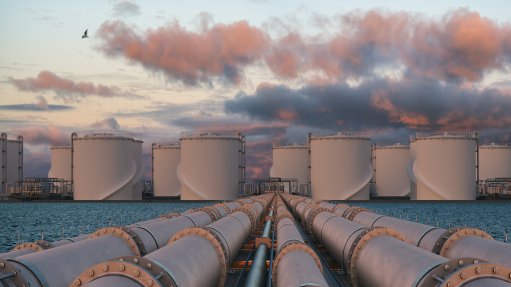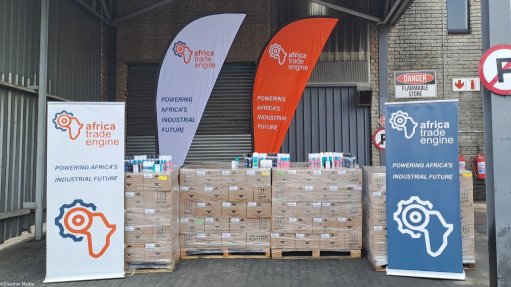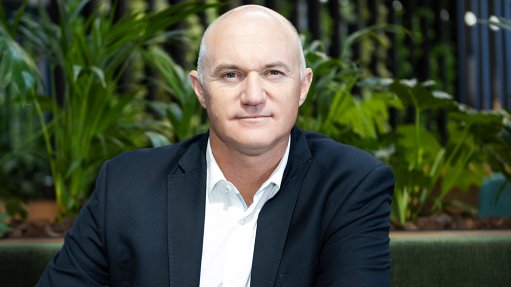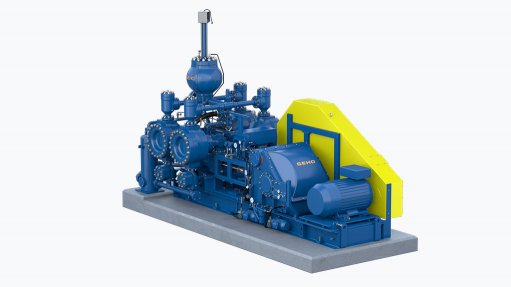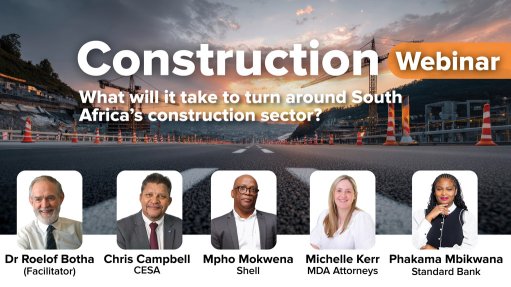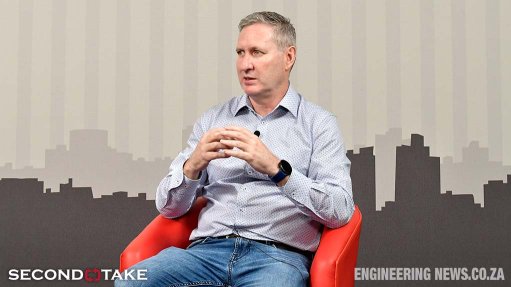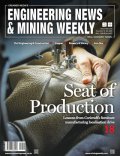South Africa Chooses Stability and Reform, but Growth Remains the Ultimate Test – Says DCG Chief Economist Chifipa Mhango
This article has been supplied and will be available for a limited time only on this website.
Don Consultancy Group (DCG) Chief Economist, Chifipa Mhango, says the 2025 Medium-Term Budget Policy Statement (MTBPS) presented by Finance Minister Enoch Godongwana on the 12th of November 2025 demonstrates a decisive shift towards fiscal consolidation, structural reforms, and investment-led growth – but warns that the success of these measures will depend on the speed and depth of implementation.
The DCG Chief Economist noted that debt stabilization signals a turning point – but risks remain. Mhango notes that the MTBPS delivers the strongest signal in over a decade that South Africa may finally be regaining control of its public finances. “For the first time since the 2008 global financial crisis, South Africa’s public debt is projected to stabilize at 77.9% of GDP in 2025/26. This is a critical milestone that reduces sovereign risk, helps contain borrowing costs, and builds fiscal credibility,” he says. The achievement is supported by higher-than-expected revenue (+R19.3 billion), lower debt-service costs (R4.8 billion savings) and a growing primary surplus (0.9% of GDP in 2025/26, rising to R224bn by 2028/29).
However, Mhango cautions that stabilization does not yet translate into fiscal space: “South Africa remains in a fragile position. Any external shock, weak growth, or revenue underperformance could easily reverse these gains. Fiscal discipline must be maintained, particularly as wage pressures and SOE bailouts remain structural risks.”
On new 3% Inflation Target, the announcement of a new inflation target of 3% ±1 percentage point is one of the most consequential policy changes in recent decades. Chief Economist Mhango views this as a bold attempt to align South Africa with global best practice: “A lower inflation target should, over time, anchor expectations, reduce the cost of capital, and strengthen the economy’s competitiveness. But in the short term, lower nominal GDP could constrain fiscal revenues.” He emphasizes that policy coordination between Treasury and SARB will be essential to ensure the new target supports—rather than constrains—growth.
Infrastructure takes centre stage – with R1 trillion target, and the MTBPS marks a strong pivot from consumption spending to investment: capital expenditure grows at 7.5% over the MTEF, a new R15 billion infrastructure bond is being launched, PPP reforms unlock more private participation, larger role for the Budget Facility for Infrastructure (now four bid windows per year) and establishment of the Infrastructure Finance & Implementation Support Agency (March 2026).
The DCG Chief Economist welcomes the shift: “South Africa’s growth crisis is fundamentally an infrastructure crisis – in energy, rail, water, and roads. The MTBPS recognizes this and lays the groundwork for a more modern infrastructure financing ecosystem that finally crowds in private capital.” But he points out the need to address capacity constraints at municipal and implementing-agent levels to avoid delays and underspending.
Energy and Logistics Reforms are moving in the Right Direction, and Mhango notes that the speech provides concrete progress in two of the economy’s biggest bottlenecks: on energy, loadshedding has “come down significantly, 2,220 MW of renewable/battery projects are in development, Eskom’s operational improvements and Kusile Unit 6’s 800MW addition and market reform through the National Transmission Company; “If sustained, this could materially lift potential growth and ease cost pressures on industry.”
On logistics, with reported 11 private operators now accessing 41 freight routes, pier 2 concession expected to unlock R200 billion investment and port turnaround times improving (waiting times down 75%), Mhango says. “The logistics reforms are some of the most impactful in the entire MTBPS. Efficient freight corridors and ports are essential for mining, agriculture, and manufacturing exports.”
On government mobilization of private sector to fight illicit trade, Mhango praises the intensified crackdown on illegal cigarettes, alcohol and fuel—industries costing the fiscus over R40 billion since 2020. “Illicit trade undermines legitimate business, erodes tax revenues, and diverts scarce resources away from critical public services. The enforcement drive is overdue and economically necessary.”
Targeted and Responsible Savings (TARS) is a step towards better governance, and The DCG Chief Economist says: “The R6.7 billion in savings from eliminating wasteful programmes, tackling grant fraud, and modernizing procurement is a positive step, where key reforms include a new Procurement Payments Dashboard for transparency, War on ghost workers (9,000 cases flagged) and early retirement programme to reduce wage costs. Mhango says: “Efficiency savings are crucial, but the real test will be whether government can consistently institutionalize cost discipline across departments.”
Education, health, and social protection continue to absorb 61% of non-interest spending. Mhango stresses sustainability concerns: “Protecting the social wage is essential, but without higher economic growth and tax compliance improvements, the system will face long-term funding pressures.”
On economic growth outlook, Mhango raised a concern that it is still too low to transform the economy. The MTBPS forecasts 1.2% GDP growth in 2025 and 1.8% average growth (2026–2028). Mhango argues that while reforms may lift growth marginally, they remain insufficient relative to South Africa’s unemployment crisis: “South Africa needs growth above 3% to meaningfully reduce unemployment and poverty. The reform momentum is positive, but more aggressive implementation—especially at municipal level—is required.”
Chifipa Mhango concludes that: “The 2025 MTBPS reflects a government choosing fiscal discipline, structural reform and investment-led growth. It is a stabilizing budget that sends the right signals to investors. But South Africa’s economic recovery ultimately depends on fast-tracking execution on the ground—particularly in energy, logistics, water and municipal capability. The country is moving in the right direction, but the pace must accelerate.”
Article Enquiry
Email Article
Save Article
Feedback
To advertise email advertising@creamermedia.co.za or click here
Comments
Press Office
Announcements
What's On
Subscribe to improve your user experience...
Option 1 (equivalent of R125 a month):
Receive a weekly copy of Creamer Media's Engineering News & Mining Weekly magazine
(print copy for those in South Africa and e-magazine for those outside of South Africa)
Receive daily email newsletters
Access to full search results
Access archive of magazine back copies
Access to Projects in Progress
Access to ONE Research Report of your choice in PDF format
Option 2 (equivalent of R375 a month):
All benefits from Option 1
PLUS
Access to Creamer Media's Research Channel Africa for ALL Research Reports, in PDF format, on various industrial and mining sectors
including Electricity; Water; Energy Transition; Hydrogen; Roads, Rail and Ports; Coal; Gold; Platinum; Battery Metals; etc.
Already a subscriber?
Forgotten your password?
Receive weekly copy of Creamer Media's Engineering News & Mining Weekly magazine (print copy for those in South Africa and e-magazine for those outside of South Africa)
➕
Recieve daily email newsletters
➕
Access to full search results
➕
Access archive of magazine back copies
➕
Access to Projects in Progress
➕
Access to ONE Research Report of your choice in PDF format
RESEARCH CHANNEL AFRICA
R4500 (equivalent of R375 a month)
SUBSCRIBEAll benefits from Option 1
➕
Access to Creamer Media's Research Channel Africa for ALL Research Reports on various industrial and mining sectors, in PDF format, including on:
Electricity
➕
Water
➕
Energy Transition
➕
Hydrogen
➕
Roads, Rail and Ports
➕
Coal
➕
Gold
➕
Platinum
➕
Battery Metals
➕
etc.
Receive all benefits from Option 1 or Option 2 delivered to numerous people at your company
➕
Multiple User names and Passwords for simultaneous log-ins
➕
Intranet integration access to all in your organisation






